|
Place value activities help children to understand numbers and what the digits mean. Here are some fun place value games and activities to help children to represent numbers in a variety of ways. Different Ways For Representing NumbersHere is a matching game that helps kids find the three different forms of the number: standard notation, expanded notation, and base ten form.
These bingo cards go with the number cards above. You can choose one set of numbers and play bingo with them. The base ten cards are more difficult to use, so I recommend that you do this with partners so that the players can look carefully at the cards to figure out the numbers. The expanded notation and standard notation cards can be used with larger groups. Place Value Games And ResourcesThemed place value worksheets are a great way to move from concrete activities to abstract practice. These worksheets are great for year round use. They give practice with standard notation, expanded notation, base ten form, and number words. I have made a generic one as well. Click the image below to get your free place value practice worksheets. This is the product that I used in the above examples. It contains the three forms of representing numbers and 6 bingo cards. Click on the image to find out more. Get your place value worksheets here. If you prefer on online version, you can try these Boom Cards. Click on the images to find out more.
0 Comments
Here is a blog post I wrote a few years ago as a guest blog while I was still in the classroom. After I retired, I continued to volunteer in my school doing guided reading groups. I used these books with my groups and we also did some activities with the idiom cards that I created. It was almost as much fun as the first time we did this in my class. Teachable MomentHave you ever found an activity or unit that you try that just takes off on it's own path? I have many times. It always amazes me when an idea that starts out as a teachable moment or a small idea takes on a mind of its own and blossoms into a larger study. Our current bloom is idioms. What started as an introduction to Amelia Bedelia for a couple of literal learners, has turned into a fantastic learning experience. It has become rich with language and writing opportunities. It has so engaged my students, that they are driving their families nuts by catching every idiom or figurative speech that is spoken. Sometimes I have to call for a time out so that we can actually focus on the topics being studied. Not that I mind, though. It is always rewarding to see the kids have fun with something that they are studying. I teach a grade 2/3 class and I wanted to find some books that would capture their interest and be appropriate for reading groups. I scored with Amelia Bedelia. There are some I Can Read versions that are great for my struggling readers, some of the regular editions that are suitable for my stronger grade 2s and my weaker grade 3s, and now the new chapter books that work with my stronger readers. Right now, everyone is reading about Amelia Bedelia. This is a first! What I enjoy most about having the same characters, is that we can really look closely at them as we meet them in different stories. Everyone is familiar with Amelia Bedelia and Mr. and Mrs. Rogers. Now they are meeting Amelia Bedelia's parents in the chapter books because they are stories about her when she was a little girl. They love making connections as they read about her adventures. Herman Parish (nephew of Peggy Parish) has done a wonderful job with these books. He also has some new I Can Read books about Amelia Bedelia as a young child. They are sure to be a hit as well. Resources for using idiomsI hope you enjoy sharing idioms and the adventures of Amelia Bedelia with your students as much I did. I would love to hear your stories as well. I created this free activity to use with my students in my guided reading group. Click on the image to get your own copy. Related PostTeaching children about money is not easy. Working with money is a difficult concept for most children to understand. It is even more challenging now as we don't handle cash as often any more. Most transactions are digital. Paying with cash and making change is not as commonplace and so children don't see it very often. However, it is still an important skill to teach and understand. Over the years, I have discovered that the more concrete, practical applications we can use for teaching about money, the more likely kids will understand and apply the skills in other areas. There are many different ways this can be done. Here are a few different examples. When teaching about regrouping in addition or subtraction, I often used the idea of going to the bank to change pennies into dimes and dimes into dollars for addition or the reverse for subtraction. I would also use play money to practice the concept. At Christmas time, the hamper fund would collect money for gifts for kids. My class did a money drive called Pennies for Presents. We would collect pennies and other coins. Then we would sort, count, and wrap the coins and keep a running tally of the money collected. We did this for 4 weeks. At the end of each week we announced how much we had collected. The money was then delivered to the hamper fund. You can find out more by checking out this blog post. Not only did this teach the children about doing something to help others, it also helped them to learn about how to count and tally money. When the penny was discontinued in Canada, we continued the drive, but we changed the title to Coins for Kids and we collected other coins. I always had lots of play money available in my classroom so the children could handle it and work with it for most activities. We would also do lots of role playing and practice buying and selling items. This helped with the concepts of making change and using different types of coins for payment. I also created several math activities and task cards for these concepts. There are also some that are digital versions for online or distance learning. You can check them out here. Word problems are difficult for children, so trying to add the money concept to them can be challenging. I decided to try to make them more relevant by using examples that would fit situations that children could relate to. This set of problems deals with ways children can earn or spend money in real life. One year, I decided to take things a little further. As handling money became less common, my students found it hard to understand that they couldn't buy whatever they wanted to with the plastic card that their parents used for payment. We began studying about money from that perspective and it led to a money unit and a huge fundraiser for a field trip. We created the unit together and it made a big impact on everyone. You can find out some more by checking out this blog post. I also wrote more about it here. There are many other ways that money can be taught, but I hope these ideas have help to give you some inspiration and additional ways to help kids understand how to use money. Related Posts
Positive self esteem is so important when developing self confidence and a positive outlook on the world. Many people are living in situations that could lead to feeling negative or not valued. It is our job as teachers to help them see that they are valued and important and that they have much to contribute to the world around them. Environment is not the only thing that can impact self esteem. Some people have many opportunities and resources available to them, but they don't see them in a positive light. We need to help them see that they have much to be thankful for and show them ways that they can be optimistic instead of pessimistic about their lives. This is an ongoing thing that we need to work on. These are two reminders for me that hang on the wall of my office at home. Nobody knows what is going on in the thoughts and lives of others. We must try to help everyone to see that they are valuable members of our communities, classrooms, and families. Changing attitudes makes a world of difference. Attitude Is Everything Years ago I read a book about attitude being everything. That stuck with me. I even have a hat that says the same thing on it. I remember that being a motto that I took into my classroom and shared with my students. I began teaching lessons on optimism to them and I spent a great deal of time my first few weeks of school focusing on self esteem and acts of kindness. It was amazing to see how it transformed the atmosphere of my classroom. Tigger and Eeyore were a great resource for teaching the difference between the two attitudes. Although Eeyore is a lovable creature, he see the world in a pessimistic way and finds it hard to find joy. Tigger, on the other hand is full of optimism and sees joy in most everything. We don't have to be bouncing off the walls to have a positive outlook on the world, but it is important to see the joy instead of all the negatives. I created some task cards to help my students to think about how they could react either as an optimist or a pessimist in situations. We then discussed how that could change the way the day went. As they began to see the positive changes that could result, they started to look at life in a more positive manner. I created these in 3 different themes so that they could be used in a variety of situations depending on who was using them. You can check the others out here. I would like to give a free set of the smiles/frown edition to any of my email subscribers. If you are not one yet, you can click the button below to subscribe and get your free copy. For those who are already subscribers, you can access your copy on the free resources page above. Thank you for stopping by. If you have any suggestions, I would love to hear them. I hope you have a positive year.
Distance Learning HelpHi Everyone. I hope you are managing to get some rest this weekend as we prepare for another week on online learning and teaching. I just wanted to let you know that many of us are trying to make changes to our products or create new ones that are able to be delivered in a digital manner so that they can be used more easily in the new way of teaching and learning. If you already have some of my products and would like to use portions of them you have my permission to copy and share in password protected programs. Please make sure that those who receive them understand that they are not to be shared out publicly so as to meet my terms of use. I have been working on creating some online materials. So far I have created some Boom Cards for math and music. I have also started experimenting with Google Slides and I hope to be able to have some of these ready soon. My goal for now is to create materials for literacy and French in addition to more math materials. You can check those that are done by cllcking here. Stay safe everyone and try to find time for rest and self care during the week.
Learning sight words can be key to becoming a fluent reader. Games make learning these words more fun. The same words can be used in many different ways that engage children if games are played. There are many themes that can be used as visuals to complement the words as well. Themed Sight Word GamesI love to use games to engage children in learning. They are excited to play and they reinforce language while doing so. There are many different activities that can be done with sets of sight words. I have created many different themed sight word sets that focus on 220 high frequency sight words. These sets have been a favorite choice for language centers over the years. Here are a few examples. Chinese New Year is a great theme for sight word games as each year it is new because the animal changes. This is a set of sight words for each of the animals of the Chinese zodiac. Both goat and sheep are included. These cards can also be used when studying animals or doing a unit on the farm as well. These winter celebration games are great for Groundhog Day, Valentines Day, and Winter Sports. Bingo cards are also included that can be used with any of the themed sets. This allows for another level of game play. We usually focus on the high frequency sight words, but there are also common nouns that are high frequency words as well. This is a spring themed set of these 95 nouns. It includes bingo cards as well. For more themed sets, check out my TeachersPayTeachers store. Related posts
I like to use themes and games for teaching skills and concepts. Not only does this make learning fun, it is an effective way to teach reading and math. Themes and games engage students and they are great springboards to link one subject area to another. Children can make connections and share thoughts and ideas when they are working with a familiar theme or topic. I often choose themes and games to engage my students in learning. My current theme is winter/winter celebrations. I am excited to use this theme with the reading and math groups that I work with. I will use it as my focus for the next few weeks. For reading, I start off with some vocabulary work. It is important that we have a common set of words and ideas when working together. I have created some vocabulary cards and games to use. This helps with work recognition and usage. Once the vocabulary is familiar to everyone, other activities can be more easily added and attempted. Sight word activities also help provide a working vocabulary for reading. I enjoy using sight word memory games and bingo for learning sight words. I have created many different themes so that I have games available throughout the year that go with themes that I am using. In the winter time, I use my winter sports cards or if I want to choose a specific holiday or occasion, I also have cards for those themes. Click here to see some of the themes I have available. For math, I like to use task cards and worksheets with designs or clipart that matches the theme. Then I introduce the skill or concept that we will be working on. I tend to use many different games and fun activities rather than worksheets, but once in awhile, a worksheet is given. (Today, I gave a worksheet and one of my students said, "We're doing math today." We do math everyday, but he didn't think it was math because we weren't writing things on a worksheet.) I have created many different literacy and math products that can be used for small group work and classroom instruction. Click here to see what I have available for winter themed activities.
I love to create teaching materials, but since I retired, sometimes it is hard to come up with the ideas. I have found that the best way to get motivated, is to engage with children and find things that would be helpful for them and fun for them to do. When I teach a concept, I like to have a practical application to go along with it. I tutor two girls, and right now we are learning about the kitchen and cooking. I decided that it would be fun to actually try following a French recipe to make some cookies. The girls really enjoyed making the cookies and they remember a lot of the vocabulary because they could make connections to the activity. I created this booklet after we did the cooking. I took pictures as they were cooking and I put them into the booklet. They were excited to see the pictures and read the booklet. I followed up the lesson by looking at some French recipe books. We reviewed the vocabulary and then talked about doing another cooking lesson in the future. The next lesson, we looked at the different items that can be found in the kitchen. We then did some games with the task cards. They are going to do some more cooking when we have a longer session. The deal is that they need to be able to identify the different items in the kitchen and follow the instructions in French. They are very excited about this. As is becoming a habit, I have made an English version for each of these products. Stay tuned as I share more ideas that become activities and products from my experiences with kids. Related Posts
It is hard to believe that it is almost time for the winter games to begin again. Every time I think about them I remember the excitement we felt when they were held in Vancouver in 2010. It was such a special time for those of us who live in British Columbia. My students were so engaged and felt connected to the athletes and their accomplishments. We would listen to the theme song I Believe and this became our song in class. As some of you may know, "believe" is my power word and it comes up often as I am constantly coming across things with the word on them. It is times like this that I miss having my own class. There are so many things I would love to do with my students. During the last winter games, I created some activities that could be used to make writing and Math time winter game focused. I would certainly be doing some of them in the next few weeks if I had the opportunity. Click on the image to see more and get your free medal tracker. Here are some task card templates that can be used to create your own questions, games, or activities. I hope you find them helpful as we watch the athletes compete to represent the various countries. I know this will be an exciting time for people all around the world as they cheer on their athletes. It is a time when we focus on the good in the world. It is a time to unite instead of divide. I hope for more caring and kindness towards one another, not just during the games but everyday. Sign up for my newsletter to get access to free resources for subscribers. If you are already a subscriber, check out the followers free resource page for any new resources that may have been recently added.
I love teaching guided reading and I continue to do so even though I am retired. I volunteer a couple of mornings a week and I work with 6 different groups. Some groups are still working on sounds and cvc activities. Others are working on beginning chapter books and reading for deeper meaning and understanding. I enjoy being able to take them beyond the basic story and I often incorporate other activities. Lately I have also been tutoring some children in French. I have found it to be very similar to teaching beginning reading. I have been busy creating activities and resources that introduce basic language and concepts using themes. I am thrilled to see how quickly they are grasping the ideas. I went into my grandson's grade 1/2 class last week and I got to work with small groups using one of the themed task cards. It was so much fun. I also helped out with a reading group. Again, it was refreshing to see that the language didn't matter. The process was the same and the kids engaged in a similar manner. I am not certain why I didn't think about that sooner. I guess it is because I was so focused on teaching reading in my own class that I didn't think about how it worked in other situations. Differentiation is important. I found that some groups were better able to do the activities than others as some of the children were reading and other were not quite there yet. I was able to make modifications to the games to allow for both groups to be successful. I look forward to going back again soon. Once I finished creating simple emergent readers and the thematic visual task cards, I started to translate them into English. They will be fun to use with my guided reading groups as well. I am surprised that I didn't think of making them in English first, followed by a French translation. I guess it is because the inspiration came from a need for materials. I am proud of my new products. If you are interested in checking them out, you can find them here. Just click on the images below. |
About Me Charlene Sequeira
I am a wife, mother of 4, grandmother of 9, and a retired primary and music teacher. I love working with kids and continue to volunteer at school and teach ukulele. Categories
All
|










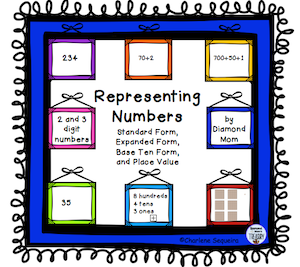









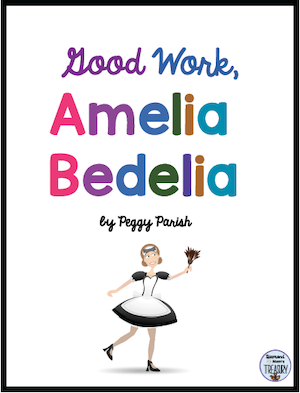




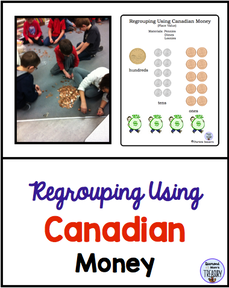








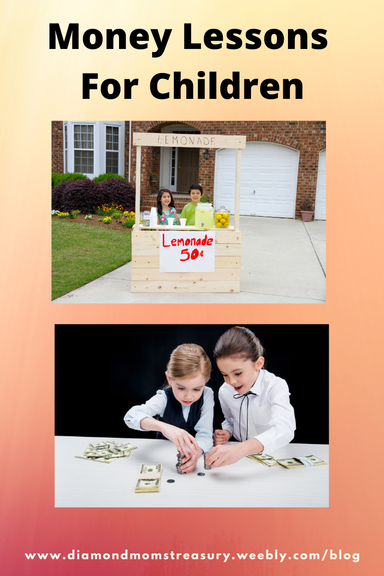









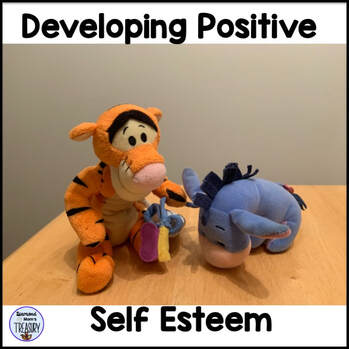








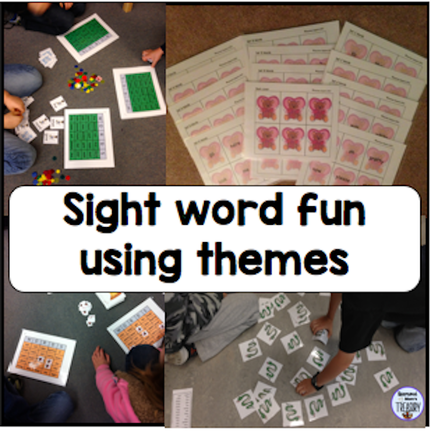
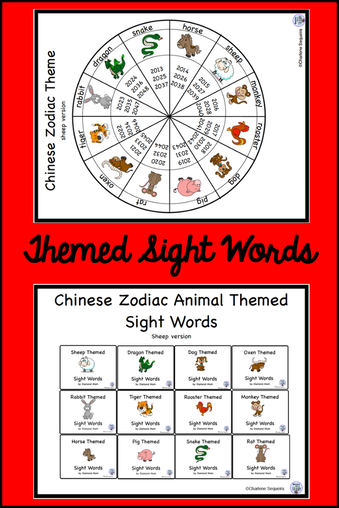




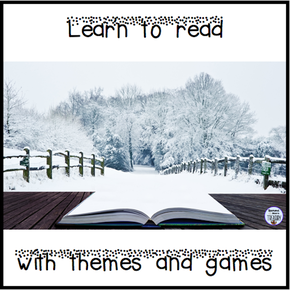
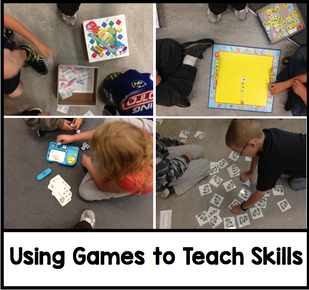
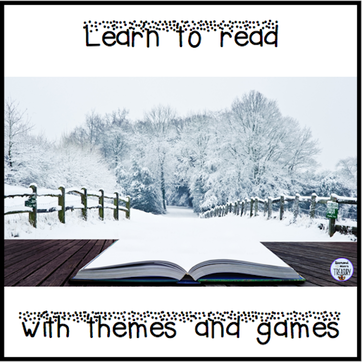
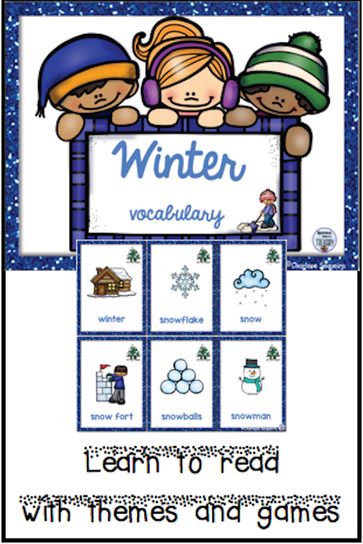

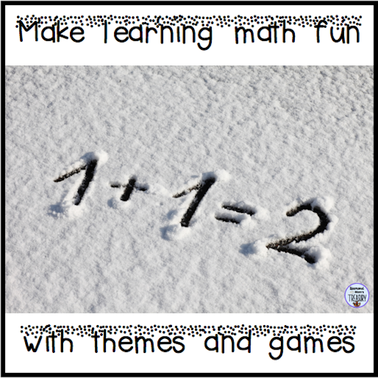






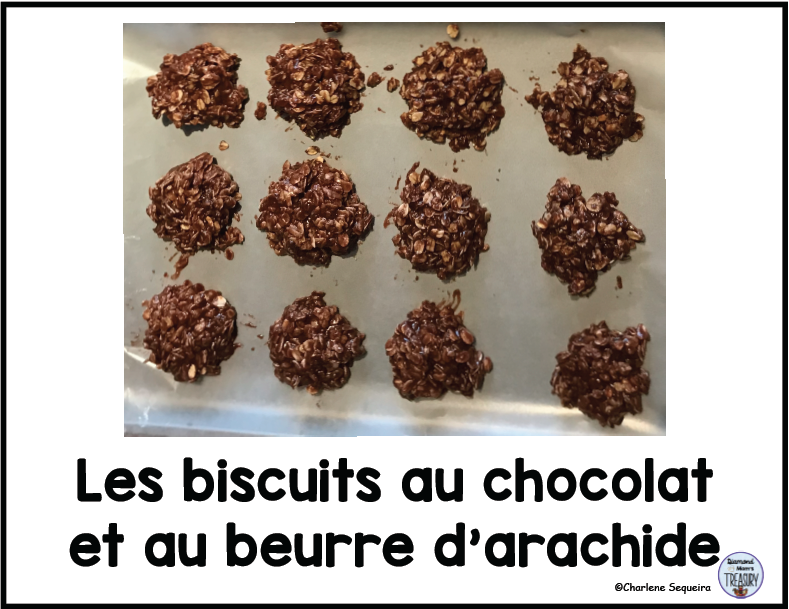




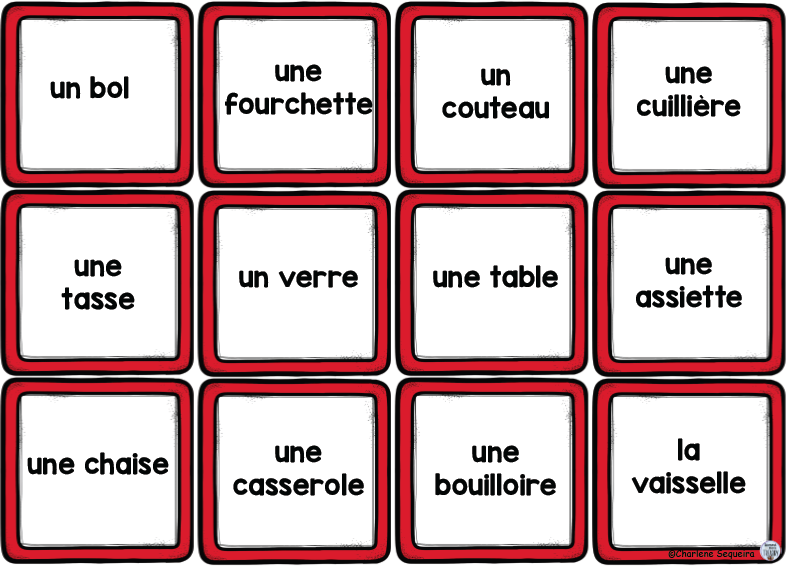
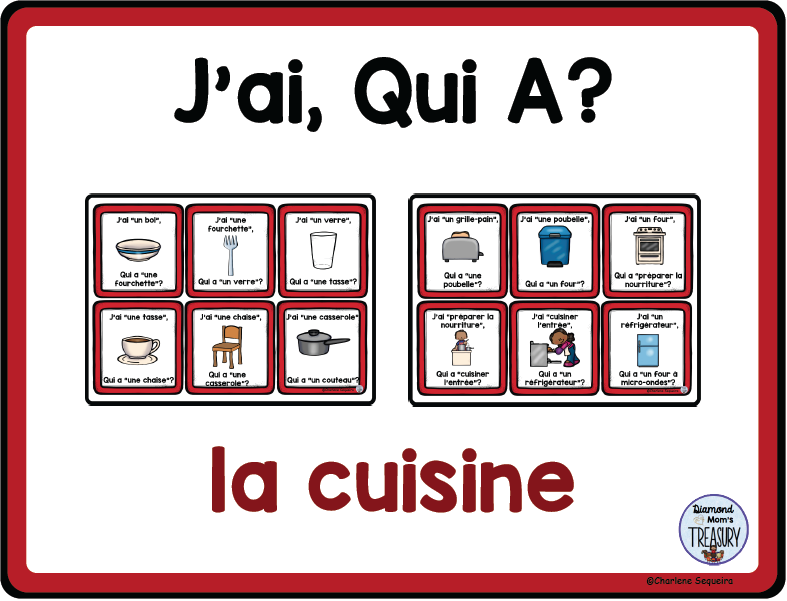















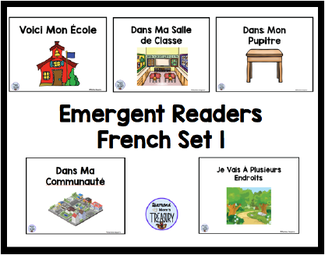

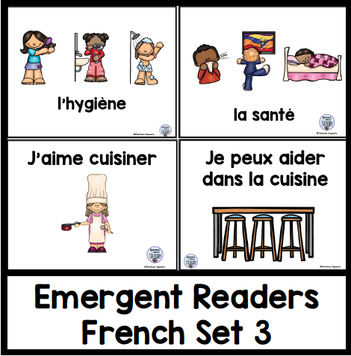




 RSS Feed
RSS Feed